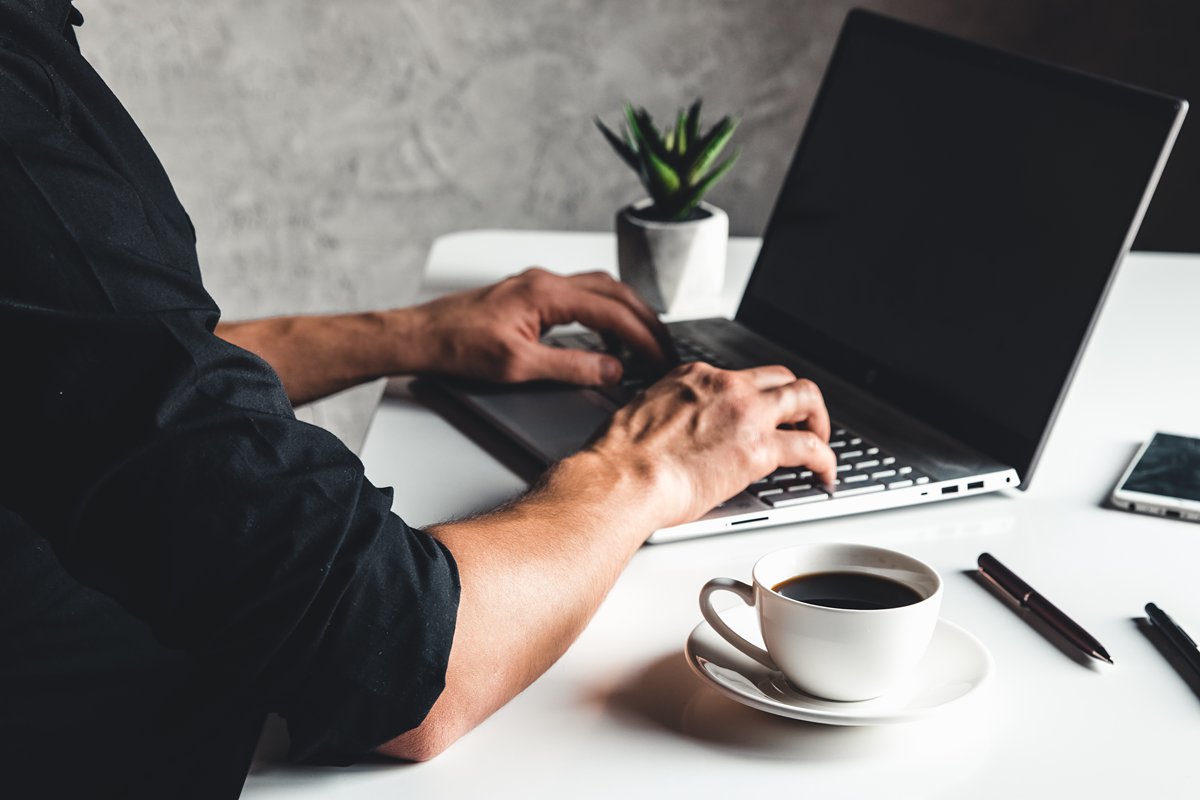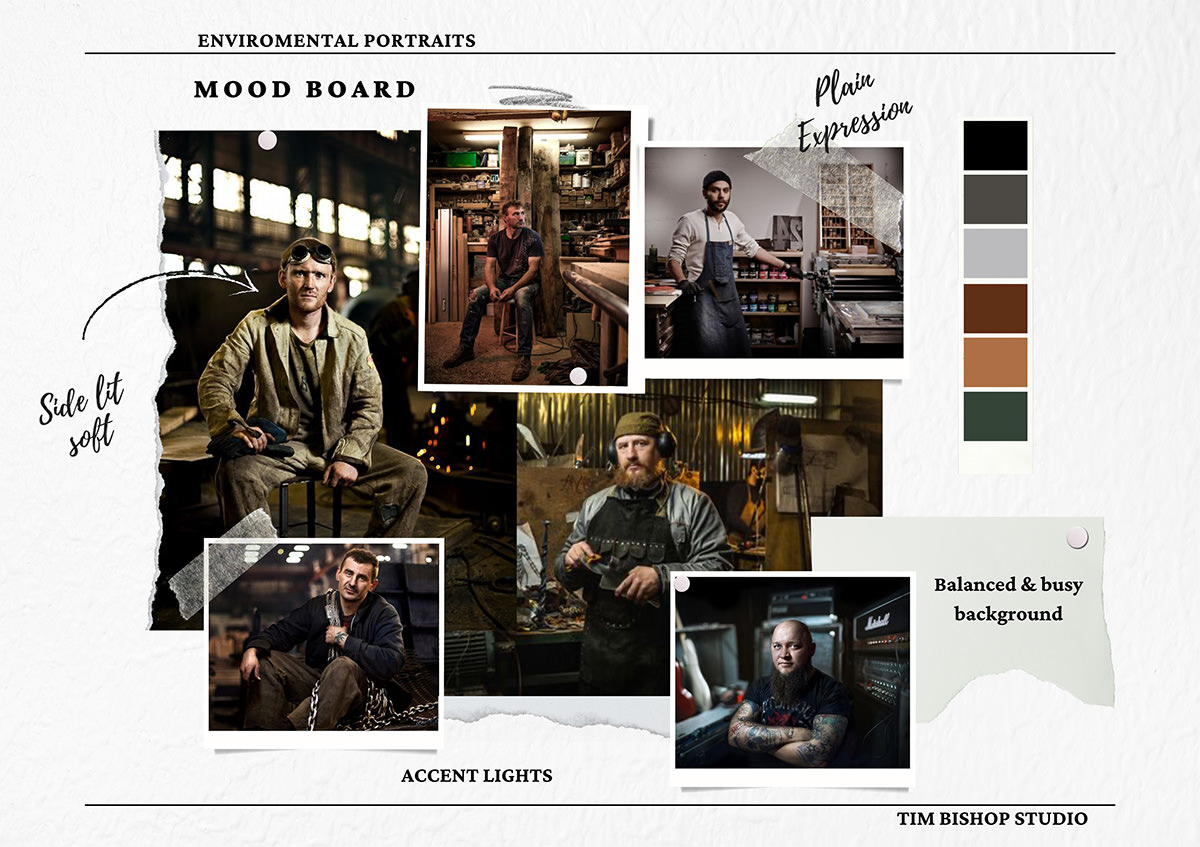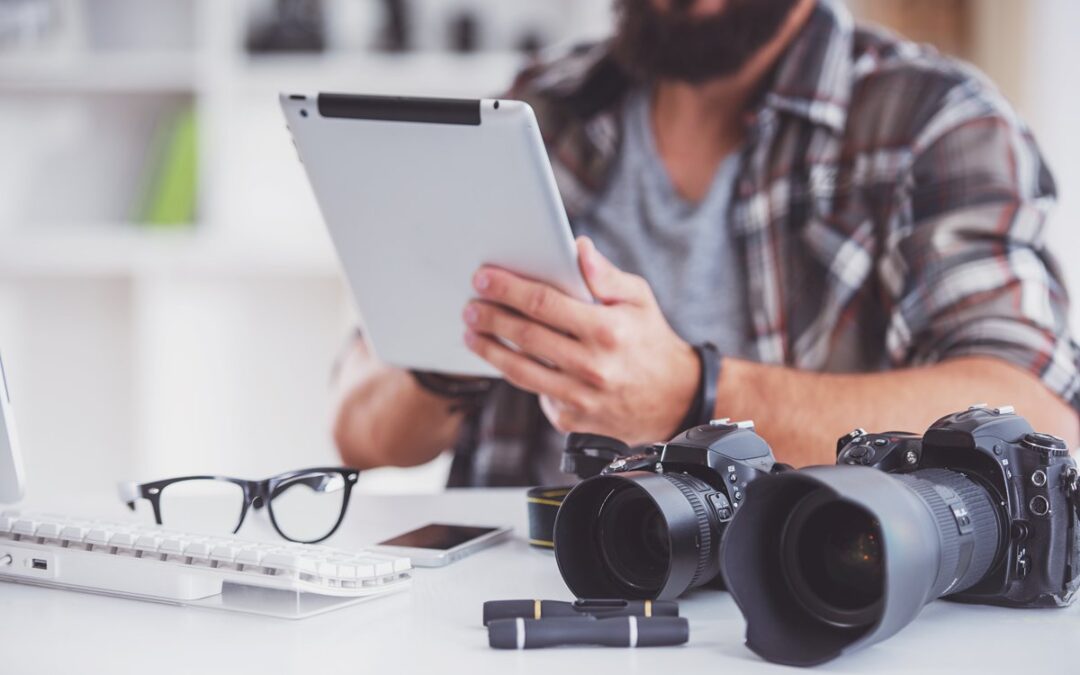The Importance of a Photography Brief
If you haven’t planned many commercial photo shoots, preparing a photography brief may be one of the last things on your mind. Usually, your photographer thinks about it as one of the first things.
You, your team, and your photographer will all benefit greatly from a strong brief. A thorough brief will provide your photographer with all the details they need to decide how to organise the shoot and provide you with an accurate quotation.
Depending on the sort of session, the information you provide in the photographic brief may change, but there are several essential elements you can add. For instance, personal branding photography will be completely different from business photography.
What is a Photography Brief?
Simply put, briefs help us know exactly what your vision is and what you’re planning to do with the images.
Imagine this scenario:
You get an email from the photographer saying your photos are ready. It was an important shoot for the launch of your new t-shirt brand. You open the shots and love them straight away. You fire them over to the design team and they reply “That’s great, but do you have this one in portrait? Oh, and do you have this one against a white background? We also need this one with more space for text, do you have that version?”.
Ahh…
Without a brief, you allow space for error, which at best results in a minor inconvenience and at worst requires a whole re-shoot.
So, how exactly do you write a good photoshoot brief?
Firstly do you need one? When you contact a photographer about your project / requirement and include the following:
- Who is the client / your company and what do they do?
- What is the project?
- What is your objective?
- Do you have a rough timeline of the shoot?
- What are you going to do with the images?
Often this is enough information for a photographer to send over a quote. For example, if it’s corporate headshots, I’d be quite comfortable sending over my pricing structure after these details.
For larger campaigns, the photographer will likely need a full brief. It also helps everyone on your team stay on track and produce the exact results you want.
I’ve included below what I send to my clients, if your photographer hasn’t sent you one feel free to use this as a template

Photography Brief Template
Project Overview & Goals
- Why do you want a photoshoot?
- When do you want to shoot?
- Where do you want the shoot? Location(s) / Studio?
- Who is your target audience?
- What are you going to use the images for? (social, marketing flyers, website etc.)
- Deliverables
- Image specifications i.e. landscape/portrait, 300dpi etc.
- What are the must-have images?
- Explain the ‘nice-to-have’ images? Number of images per person / product, different views, portrait / landscape, specific events / actions)
- What usage rights do you need? E.g. 2-year exclusive license for online / print use.
Style Guidelines
- Do you have brand guidelines?
- How should the images make the user think, feel, do?
- Do you have reference images and/or a moodboard?
- Do you need to leave space for text?
Who is Involved?
- Who is already involved in the shoot? (Include who is coordinating / organising / assisting / overseeing / approving)
- Contact Details of key people involved
- Do you need Models / Stylist / Hair & Makeup?
- Do you need a location to be scouted and rented? If Yes please give a description
Budget and Turnaround
- What’s your target budget for the shoot?
- When do you need the first draft of images for review?
- When do the finalised images need to be submitted?
Defining Your Target Audience
It’s crucial that your photographer is aware of who your target market is. If you’ve ever participated in a marketing, sales, or branding campaign, you’ll understand how crucial it is to accurately define your target market.
I want to understand who I need to connect with through my imagery as a photographer. A 60-year-old wealthy individual looking for private healthcare will be very different from a target audience of 14-year-old lads who enjoy skateboarding.
I’m going to have to consider colours, mood, lighting, and composition from a stylistic standpoint. I want to be sure that I have a thorough understanding of your target audience because it is my goal to engage, intrigue, and connect with them.

Image Usage License
If you have never heard of this, I don’t blame you. Discussions about image usage licences are often saved for more extensive advertising campaigns. However, despite the size of the campaign, usage rights still exist, so you should be aware of them.
One of the aspects of photography that people misunderstand the most is this, even a lot of photographers don’t grasp image usage licences and copyright.
Even if I’m shooting for a client, as a self-employed photographer, the moment I take a photo, I automatically own the copyright to that picture. I then provide my customer the right to use that image.
It’s important, in my opinion, that both the client and the photographer understand this because it can really help to avoid any potential problems in the future. The goal of image licencing is to give clients flexibility and allow them to only pay for the photographs they actually need.
The day rate of a photographer typically includes some amount of usage rights, such as “1 Year exclusive licence in the UK for social media and editorial” (or any other 2 media). Since the reach of the photographs is generally less than that of larger enterprises, I don’t like to impose usage restrictions on solopreneurs and small businesses.
If you want to understand more about image usage licenses, Fstoppers has an excellent guide that explains its importance.
What’s Your Budget?
It’s the one card that nobody likes to show, and I can totally understand why. You could believe that the photographer will simply boost their prices if you tell them your budget is £5,000.
I already have my pricing set, so it won’t matter if you state you have a big or small budget if you hire me.
I’m not asking you about your budget because I want to get more money (although that would be nice), but rather so that I know how much we have to work with. In comparison to a £5,000 budget, I immediately see that we have much more flexibility if you tell me you have a £20,000 budget. I can begin to consider stylists, lighting assistants, sets, locations, multiple days, and other factors.
A budget range of £650 – £2k is perfectly acceptable, and many of the assignments I complete fall within this range. Your budget is more of an indication of how I do my job and how creative I can be rather than how I profit out of it.
Reference Images & Inspiration
This is probably one of the most valuable parts of a photography brief. It’s where I can get a real sense of the style you’re looking to achieve.
Moodboards can help you:
- Define your vision
- Establish possible colour palettes and styling guidelines
- Work more efficiently with the team involved.
- Keep you focused
I’d strongly advise putting together a moodboard for your photographer. It doesn’t have to be elaborate; it only needs to be sufficient to communicate your vision of the shoot.
There are some great tools that help you plan and create moodboards. I frequently use Pinterest for style and shot inspiration, and I’ll use Canva to create a moodboard.

Establish Who is Involved
Every shoot has its own dynamic, and they can become very complicated.
Clients who aren’t used to larger shoots frequently don’t realise how little of a role the photographer actually plays in the entire process.
It’s not unusual to have a combination of the following team members on board for major advertising campaigns:
- Client
- Creative / Art director
- Production manager
- Stylist (wardrobe, set, food, props)
- Hair & Makeup Stylists
- Location manager
- Photographer
- Retoucher
- Assistant
- Lighting assistant
- Digital imaging technician
- Talent / Models
Unless it’s a massive production, you’re unlikely to find all of these crew members on set. However, it gives you an idea of many of the roles that can be involved during the creation of images.
Most of the time when I’m working with local clients, I’ll assume the roles of many or all of these crew members. I’ll be in charge of all the lighting, editing, venue selection, and planning. If the client has a larger budget, we can start to afford to hire more staff, which will free up the photographer to focus on their strengths.
Conclusion
You now know how to create the ideal photoshoot brief!
For certain shoots, it might seem excessive, and it very well may be. However, if you leave out the bits you don’t need, your photographer will have all they need to make the most of the shoot.
Please get in touch if you need assistance planning a shoot or are still hunting for the ideal photographer.
